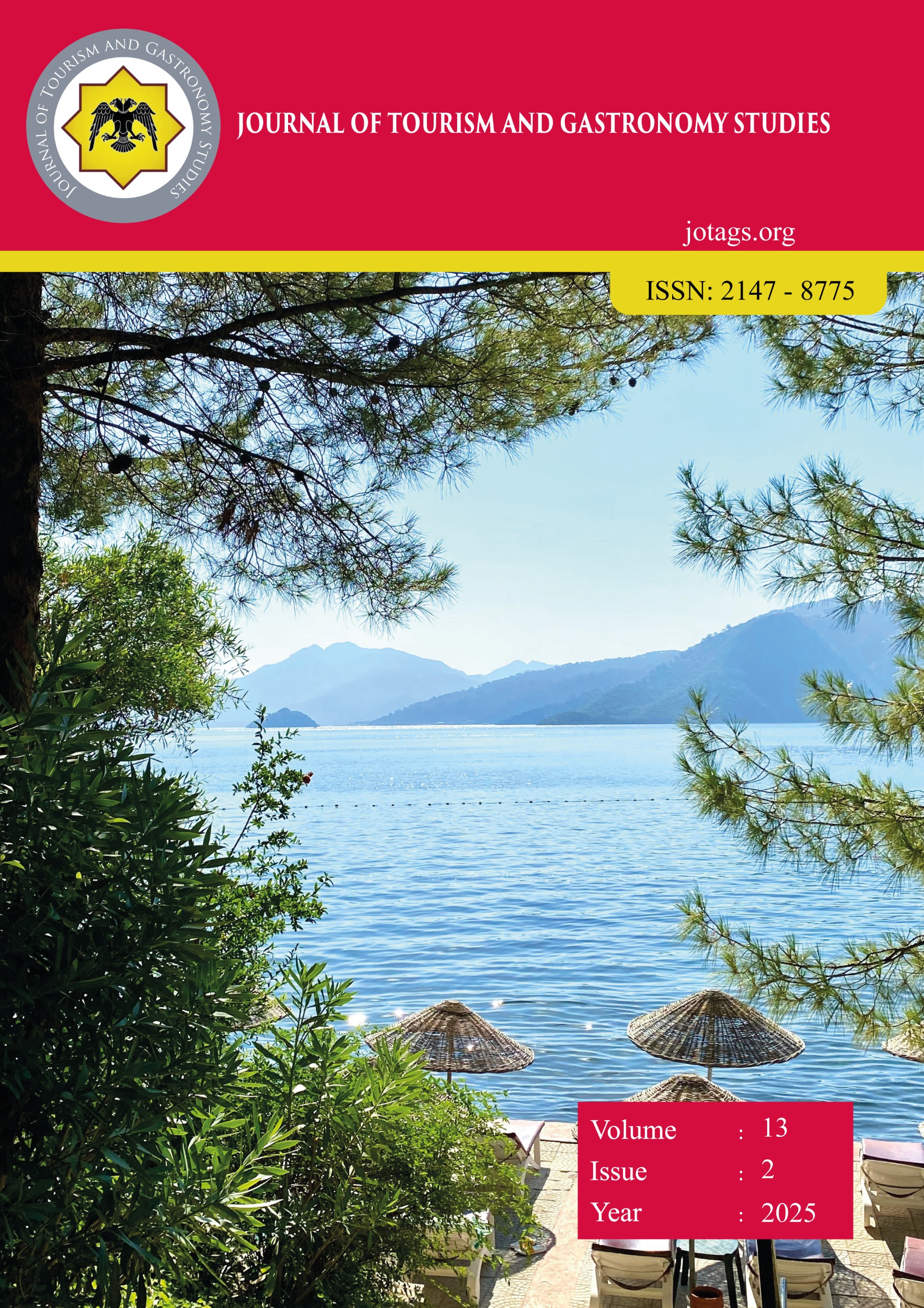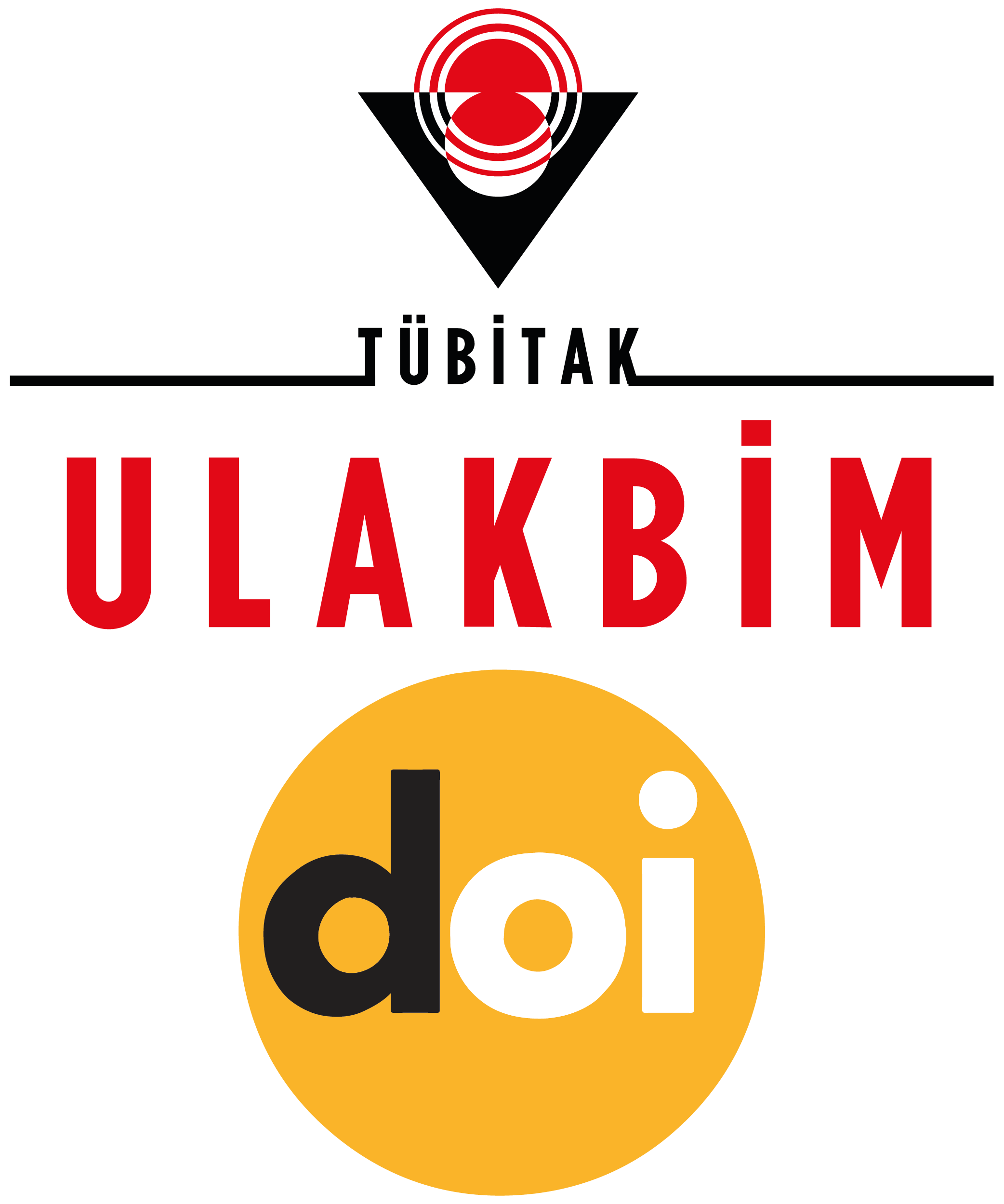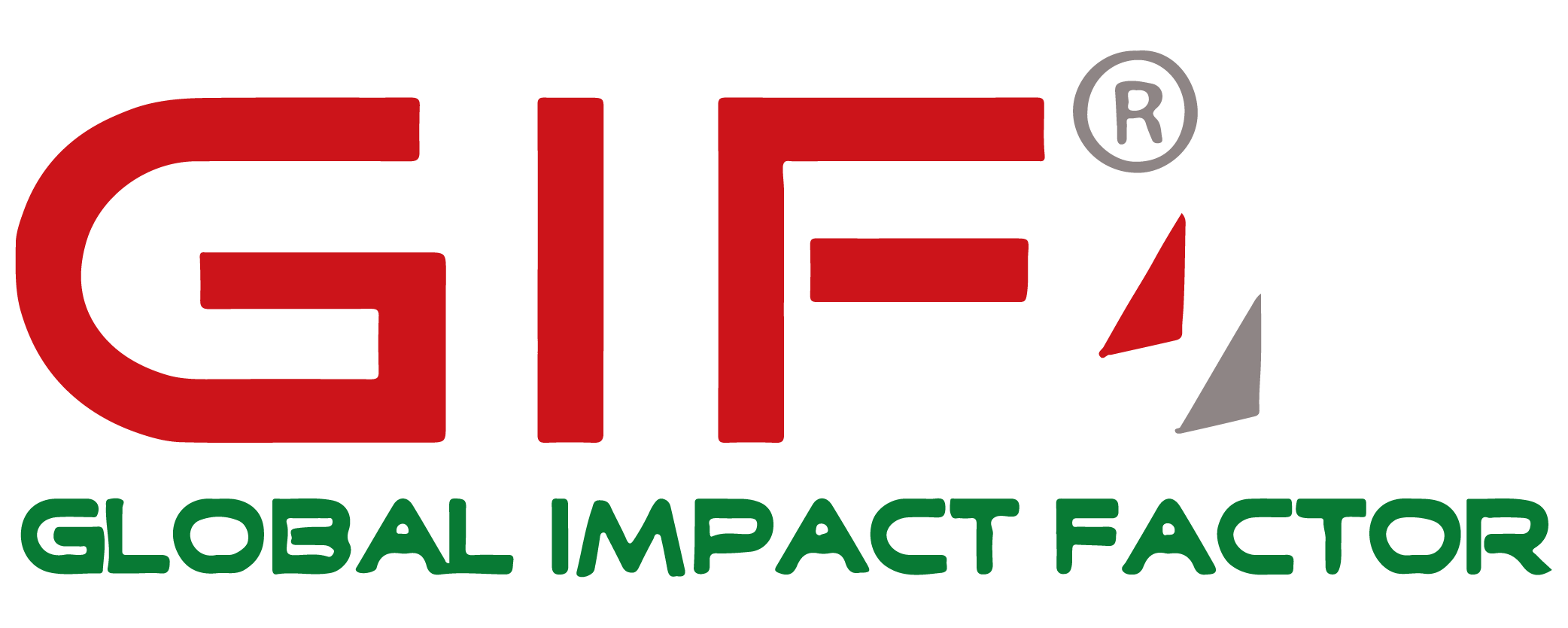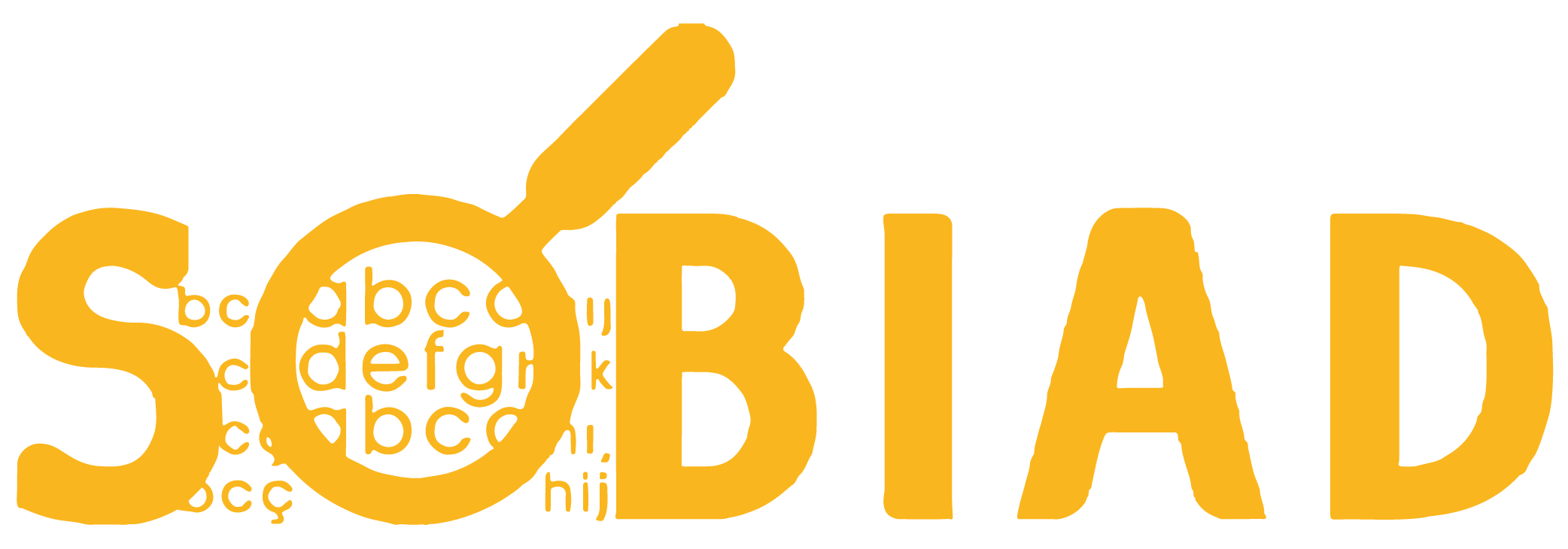Restoran İşletmelerinde Bulanık Mantık Yöntemi ile Bahşiş Tahminlemesi (Tip Estimation in Restaurant Businesses With Fuzzy Logic Method)
DOI:
https://doi.org/10.21325/jotags.2025.1619Keywords:
Restaurant, Artificial Intelligence, Tip, Fuzzy logicAbstract
The aim of this study is to estimate the tipping tendency in restaurants in three dimensions using the fuzzy logic method. This approach, which helps model uncertain and imprecise data by performing operations similar to human thought, is called fuzzy logic. The tipping situation was evaluated for each dimension using the fuzzy logic method. This system provided balanced and stable results in managing tipping decisions by transferring data to the computer environment during the digitalization process. The modeling of the system was carried out using the Matlab Fuzzy Toolbox program and the system architecture was created with a single output in each design. In order to determine the success of the analysis, a comparison was made with expert decisions and it was determined that the system was 92% successful. With the use of this system, customer satisfaction can be increased with studies on the input variables in the system and accordingly, tipping tendency can be increased.
References
Akıllı, A., & Atıl, H. (2014). Süt sığırcılığında yapay zeka teknolojisi: Bulanık mantık ve yapay sinir ağları. Hayvansal Üretim, 55 (1), 39-45. https://doi.org/10.29185/hayuretim.363911.
Akkaptan, A. (2012). Hayvancılıkta Bulanık Mantık Tabanlı Karar Destek Sistemi. Ege Üniversitesi Fen Bilimleri Enstitüsü Yüksek Lisans Tezi.
Akpınar, A. (2010). Türk toplumunda bahşiş. Folklor/edebiyat, 16(63), 7-19.
Aksoy, A. (2014). Tüketimin dijitalleşmesi. Hacettepe Üniversitesi Tüketici-Pazar-Araştırma-Danışma Test ve Eğitim Merkezi Tüketici Yazıları IV, 46-64. https://www.academia.edu/15151508/T%C3%BCketimin_Dijitalle%C5%9Fmesi .
Ali, F., Olson, C. C., Pantzalis, C., Park, J. C., Park, J. C., & Robinson, D. (2024). Holiday effects on tipping rates in full-service restaurants. International Journal of Hospitality Management, 122. https://doi.org/10.1016/j.ijhm.2024.103826 .
Azar, O. H. (2004). The history of tipping—from sixteenth-century England to United States in the 1910s. The Journal of Socio-Economics, 33(6), 745–764. https://doi.org/10.1016/j.socec.2004.09.043 .
Azar, O. H., Yosef, S., & Bar-Eli, M. (2015). Restaurant tipping in a field experiment: How do customers tip when they receive too much change?. Journal of Economic Psychology, 50, 13-21. https://doi.org/10.1016/j.joep.2015.06.007 .
Bağçı, E., & İçöz, O. (2019). Z ve alfa kuşağı ile dijitalleşen turizm. Güncel Turizm Araştırmaları Dergisi, 3(2), 232-256. https://doi.org/10.32572/guntad.578926 .
Baykal, N., & Beyan, T. (2004). Bulanık mantık ilke ve temelleri. Bıçaklar Kitabevi.
Bodvarsson, Ö. B., & Gibson, W. A. (1994). Gratuities and customer appraisal of service: Evidence from Minesota restaurants. The Journal of Socio-Economics, 23(3), 287-302. https://doi.org/10.1016/1053-5357(94)90005-1 .
Brewster, Z. W. (2013). The effects of restaurant servers’ perceptions of customers’ tipping behaviors on service discrimination. International Journal of Hospitality Management, 32, 228-236. https://doi.org/10.1016/j.ijhm.2012.04.010 .
Brewster, Z. W., & Gourlay, K. (2021). The “Mask Effect” on the tips that customers leave restaurant servers. International Journal of Hospitality Management, 99. https://doi.org/10.1016/j.ijhm.2021.103068 .
Conlin, M., Lynn, M., & O’Donoghue, T. (2003). The norm of restaurant tipping. Journal of Economic Behavior & Organization, 52(3), 297-321. https://doi.org/10.1016/S0167-2681(03)00030-1 .
Devrani, T. K. (2014a). Kişisel değerlerin bahşiş vermeye karşı tutum üzerindeki etkisi. Afyon Kocatepe Üniversitesi İktisadi ve İdari Bilimler Fakültesi Dergisi, 16(2), 91-104. DOI NO: 10.5578/jeas.9026.
Devrani, T. K. (2014b). Müşterilerin restoran çalışanlarının bahşiş arttırma amaçlı davranışlarına karşı tutumları. Dokuz Eylül Üniversitesi İktisadi İdari Bilimler Fakültesi Dergisi, 29(1), 137-160.
Dewald, B. (2003). Tipping in Hong Kong restaurants. International Journal of Hospitality Management, 22(3), 307-319. https://doi.org/10.1016/S0278-4319(03)00044-6 .
Doğan, S., & Kılıç, S. (2009). Örgütlerde “İzlenim yönetimi davranışı” üzerine kavramsal bir inceleme. Atatürk Üniversitesi İktisadi ve İdari Bilimler Dergisi, 23(3), 53-83.
Elmas, Ç. (2003). Bulanık mantık denetleyiciler:(Kuram, Uygulama. Sinirsel Bulanık Mantık): Seçkin Yayınevi.
Fernandez, S., Gössling, S., Martin-Rios, C., Fointiat, V., Pasamar, S., Isaac, R., & Lunde, M. (2024). To tip or not to tip? Explaining tipping behavior in restaurants with service-inclusive pricing. International Journal of Hospitality Management, 117. https://doi.org/10.1016/j.ijhm.2023.103640 .
Fusko, M., Buckova, M., Krajcovic, M., & Svitek, R. (2019). The strategy for implementation of the digitization in factories. Transportation Research Procedia, 40, 1045-1052. https://doi.org/10.1016/j.trpro.2019.07.146 .
Işıklı, Ş. (2008). Bulanık mantık ve bulanık teknolojiler. Ankara Üniversitesi Dil ve Tarih-Coğrafya Fakültesi Felsefe Bölümü Dergisi, 19, 105-126.
İpek, S., & Ataman, E. (2020). Dijital evrenin yeni dünyası olarak yapay zeka ve her filmi üzerine bir çalışma. Yeni Medya Elektronik Dergisi, 4(1), 40-52.
Jewell, C. N. (2008). Factors ınfluencing tipping behavior in a restaurant. Psi Chi Journal of Undergraduate Research, 13(1).
Kakkar, V., & Li, K. K. (2022). Cash or card? Impression management and restaurant tipping behavior. Journal of Behavioral and Experimental Economics, 97. https://doi.org/10.1016/j.socec.2022.101837 .
Kayıkçı, M., & Bozkurt, A. (2018). Dijital çağda z ve alpha kuşağı, yapay zeka uygulamaları ve turizme yansımaları. Sosyal Bilimler Metinleri, 1, 54-64.
Kayıkçı, Y. (2018). Sustainability impact of digitization in logistics. Procedia Manufacturing, 21, 782-789. https://doi.org/10.1016/j.promfg.2018.02.184 .
Kılıç, B., & Eleren, A. (2009). Turizm sektöründe hizmet kalitesi ölçümü üzerine bir literatür araştırması. Alanya İşletme Fakültesi Dergisi, 1(1), 91-118.
Kreinovich, V., Kosheleva, O., & Shahbazova, S. N. (2020). Why triangular and trapezoid membership functions: A simple explanation. Recent developments in fuzzy logic and fuzzy sets: dedicated to Lotfi A. Zadeh, 25-31. DOI: 10.1007/978-3-030-38893-5_2.
Loebbecke, C., & Picot, A. (2015). Reflections on societal and business model transformation arising from digitization and big data analytics: A research agenda. The Journal of Strategic Information Systems, 24(3), 149-157. https://doi.org/10.1016/j.jsis.2015.08.002 .
Lynn, M. (2000). The relationship between tipping and service quality: A comment on Bodvarsson and Gibson’s article. The Social Science Journal, 37(1), 131-135. https://doi.org/10.1016/S0362-3319(99)00061-0 .
Lynn, M. (2018). The effects of tipping on consumers' satisfaction with restaurants. Journal of Consumer Affairs, 52(3), 746-755. https://doi.org/10.1111/joca.12171 .
Lynn, M., & Grassman, A. (1990). Restaurant tipping: An examination of three ‘rational’explanations. Journal of Economic Psychology, 11(2), 169-181. https://doi.org/10.1016/0167-4870(90)90002-Q
Lynn, M., & McCall, M. (2000). Gratitude and gratuity: A meta-analysis of research on the service–tip relationship. Journal of Socio-Economics, 29 (2), 203–214. https://doi.org/10.1016/S1053-5357(00)00062-7 .
Mok, C., & Hansen, S. (1999). A study of factors affecting tip size in restaurants. Journal of Restaurant & Foodservice Marketing, 3(3-4), 49-64. https://doi.org/10.1300/J061v03n03_05 .
Norris, C. L., Taylor Jr, S., Taylor, D. C., & Snipes, M. (2023). Is tipping just a game? Applying game theory to restaurant tipping behavior. International Journal of Hospitality Management, 114. https://doi.org/10.1016/j.ijhm.2023.103585 .
Özaslan, Y., & Doğan, S. (2023). Bahşiş verme davranışıyla ilgili çalışmaların bibliyometrik analiz. Journal of Gastronomy, Hospitality and Travel, 6(4), 1536-1557. DOİ: 10.33083/joghat.2023.352.
Öztürk, A. (2006). Restoran İşletmelerinde Siparişlerin Elektronik Ortamda Alınmasının İşletme Performansı Üzerine Etkileri ve Afyonkarahisar Özdilek AŞ’de Bir Uygulama. Afyon Kocatepe Üniversitesi, Sosyal Bilimler Enstitüsü, Yüksek Lisans Tezi.
Parrett, M. (2011). Do people with food service experience tip better?. The Journal of Socio-Economics, 40(5), 464-471. https://doi.org/10.1016/j.socec.2010.09.006 .
Ritter, T., & Pedersen, C. L. (2019). Digitization capability and the digitalization of business models in business-to-business firms: Past, present, and future. Industrial Marketing Management. https://doi.org/10.1016/j.indmarman.2019.11.019 .
Sarıçalı, G., & Gürbüz, A. K. (2017). Bahşişin ekonomik boyutları üzerine teorik-analitik yaklaşım altında bir inceleme. Sinop Üniversitesi Sosyal Bilimler Dergisi, 1(2), 289-324. https://doi.org/10.30561/sinopusd.332241
Şen, Z. (2004). Mühendislikte bulanık (fuzzy) mantık ile modelleme prensipleri: Su Vakfı.
TDK. (2020). Türk Dil Kurumu. Erişim Linki: https://sozluk.gov.tr/, Erişim Tarihi: 06.04.2020.
Thrane, C., & Haugom, E. (2020). Peer effects on restaurant tipping in Norway: an experimental approach. Journal of Economic Behavior & Organization, 176, 244-252. https://doi.org/10.1016/j.jebo.2020.04.010 .
Thrane, C., & Haugom, E. (20202). Data on restaurant tipping from a Norwegian survey experiment. Data in Brief, 33. https://doi.org/10.1016/j.dib.2020.106441 .
Umut, A., & Sayılır, A. (2006). Hizmet kalitesi çerçevesinde çalışanların rolüne ve yeterliliklerine ilişkin karşılaştırmalı bir inceleme. Gazi Üniversitesi Ticaret ve Turizm Eğitim Fakültesi Dergisi, 1, 121-138.
Whaley, J. E., Douglas, A. C., & O’Neill, M. A. (2014). What's in a tip? The creation and refinement of a restaurant-tipping motivations scale: A consumer perspective. International Journal of Hospitality Management, 37, 121-130. https://doi.org/10.1016/j.ijhm.2013.11.005.
Yıldırım, O., Eser, S., & Çakıcı, C. (2020). Bahşiş dağıtım sistemlerinin adalet algısı üzerine bir ölçek uyarlama çalışması. Turizm Akademik Dergisi, 7(2), 61-72.
Yılmaz, G. (2017). Restoranlarda bahşiş ile ilgili yayınlanan makalelerin bibliyometrik analizi. Seyahat ve Otel İşletmeciliği Dergisi, 14(2), 65-79. https://doi.org/10.24010/soid.335082.
Zadeh, L. A. (1965). Fuzzy sets. Information and Control, 8(3), 338-353. https://doi.org/10.1016/S0019-9958(65)90241-X .
Zeigler-Hill, V., Besser, A., Vrabel, J., & Noser, A. E. (2015). Would you like fries with that? The roles of servers’ personality traits and job performance in the tipping behavior of customers. Journal of Research in Personality, 57, 110-118. https://doi.org/10.1016/j.jrp.2015.05.001.
Downloads
Published
How to Cite
Issue
Section
License
Copyright (c) 2025 Journal of Tourism & Gastronomy Studies

This work is licensed under a Creative Commons Attribution-NonCommercial 4.0 International License.








